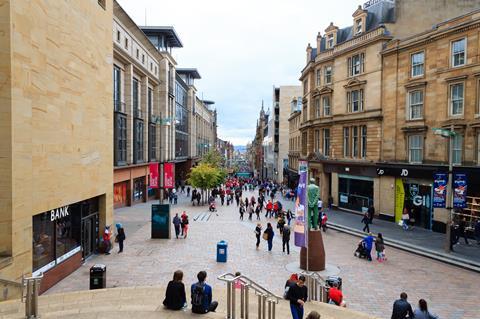
Retailers in England will see their annual business rates bill drop by an average 55% from 1 April, according to new analysis.
The average shop’s bill will fall from £8,172 in 2022/23 to £3,678 in 2023/24, according to retail estate advisors Altus Group.
The reduction is the result of a 10% drop in the average shop’s rateable value combined with measures in the Chancellor’s autumn statement to freeze the business rates multiplier and increase the relief discount from 50% to 75%.
Restaurants, hotels and pubs, which benefited from the same measures in the autumn statement, would see their bills drop by an average 52%, 64% and 58% respectively, according to Altus Group.
However, large portfolio holders would see less benefit on average thanks to a cap on the 75% discount of £110,000 per business, the real estate advisory said.
Despite the shrinking tax bills, Altus Group said the 10% reduction in rateable values did not go far enough. The drop should represent the fall in rental values between April 2017 and April 2021, which was in fact greater than 10%, according to Altus Group VP Chris Blundell.
“Whilst the revaluation and the 2022 autumn statement is undoubtedly good news for the retail sector overall, our view is that the market on the valuation date was far worse than these new values suggest,” Blundell said.
“Many ratepayers, especially those large operators excluded from the relief scheme by virtue of the cash cap, will want to consider challenging their new rateable values.”
Read more: Business rates cuts ‘likely to spur on store openings’
Not all retailers are winners from the revaluation, with the rateable value of food stores of between 8,000 sq ft and 27,000 sq ft – the kind favoured by discounters Lidl and Aldi – set to rise by between 5% and 10%. Traditional supermarkets are among the biggest winners, with rateable values of hypermarkets and superstores over 27,000 sq ft dropping by about 15%.
The analysis also reveals regional variation. While 280 of the 346 local authority areas in England and Wales will see the rateable value for the retail sector fall, four council areas will see no overall change and 62 will see a rise.
Retailers in Dartford will make the biggest gains, with the rateable value of 900 shops dropping an average 38.2%.
The biggest losers are those in Purbeck in Dorset, where the rateable value of 380 shops will climb 19.7%.
Read more: Discounters to be hit with higher business rates after review, while supermarkets save a fortune
“While most local authority areas are coming out ahead, the retail sector in others will see significant rises,” said an Altus Group report.
Areas likely to take a hit include those within commuting distance of London likely to be hit, “possibly as a result of changed shopping patterns during the pandemic”, it said.
Earlier this week, Tesco Group CEO Ken Murphy called for further business rates reform. “The current system places a huge burden on shops of all sizes, putting thousands of high street jobs at risk and stifling investment into new stores, particularly in the most deprived areas of the country,” Murphy told the Retail Week Live conference in London.
“Let’s make the bill sustainable for a start,” he said. “It starts with freezing the tax rate. This would reduce the upwards pressure on the cost of living for retailers of all sizes who pay this tax.”
| England Averages | 2017 Rateable Value | 2023 Rateable Value | 2022/23 Rates Bill | 2023/24 Rates Bill | Saving | Tax Cut |
|---|---|---|---|---|---|---|
|
Retail properties |
£32,753 |
£29,480 |
£8,172 |
£3,678 |
£4,494 |
55% |
|
Restaurants |
£42,501 |
£40,489 |
£10,604 |
£5,051 |
£5,553 |
52% |
|
Hotels, guest & boarding, self-catering |
£25,246 |
£18,259 |
£6,299 |
£2,278 |
£4,021 |
64% |
|
Pubs |
£37,965 |
£31,567 |
£9,472 |
£3,938 |
£5,534 |
58% |
Source: Altus Group








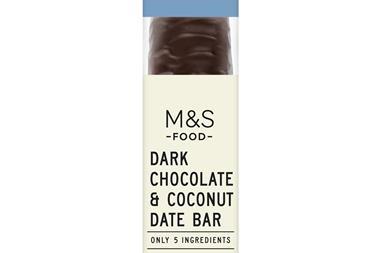
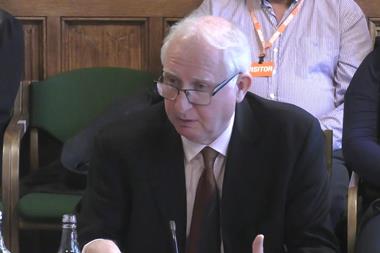

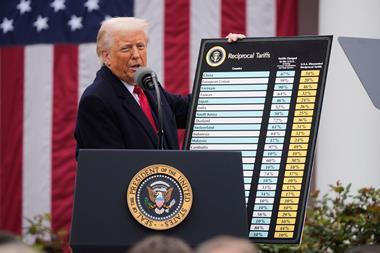
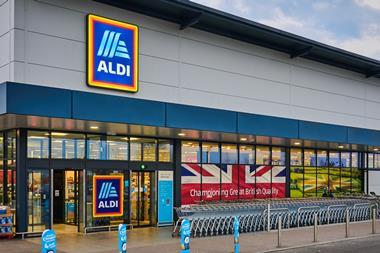


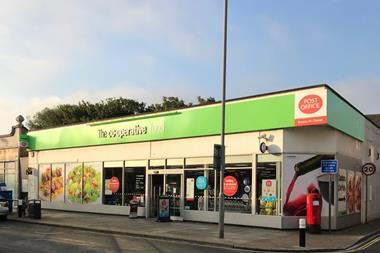
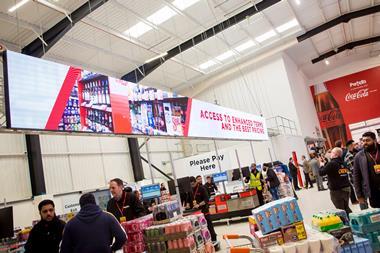

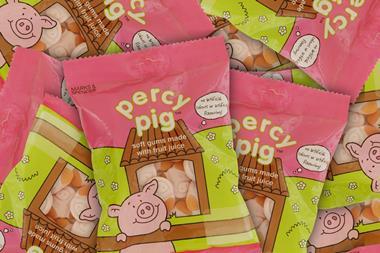
No comments yet